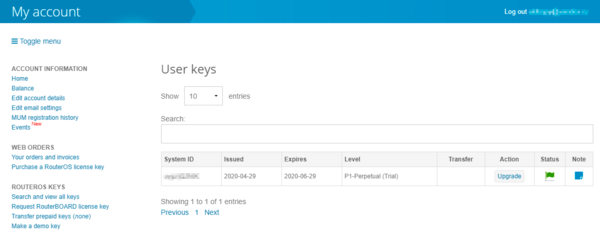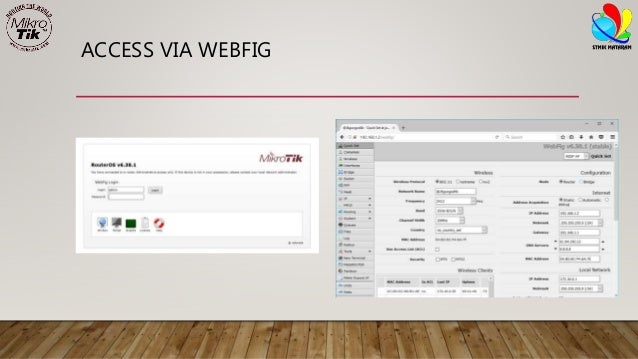
You can now re-login with the new credentials This will rename your admin user, set a password, disable all services except SSH and set a custom port. Then you can proceed to SSH into your system and set the most basic security settings, for example: You will have to wait some 20 seconds until the device obtains a DHCP address, then you can ssh from your PC to the RouterOS machine, using the public IP/DNS name that Linode shows in the Remote access section. Caution! The public device will immediately be attacked by bots, guessing your password, since this is an unsecured public system. To boot RouterOS in the main dashboard, click the Boot button to start your RouterOS CHR.

Issue the following (as a root) unzip chr-6.44.3.img.zip | dd if=chr-6.44.3.img of=/dev/sda bs=1M iflag=fullblock.To make sure you write to the correct disk, type fdisk -l and find the disk that corresponds to the size you selected in step 2.



 0 kommentar(er)
0 kommentar(er)
